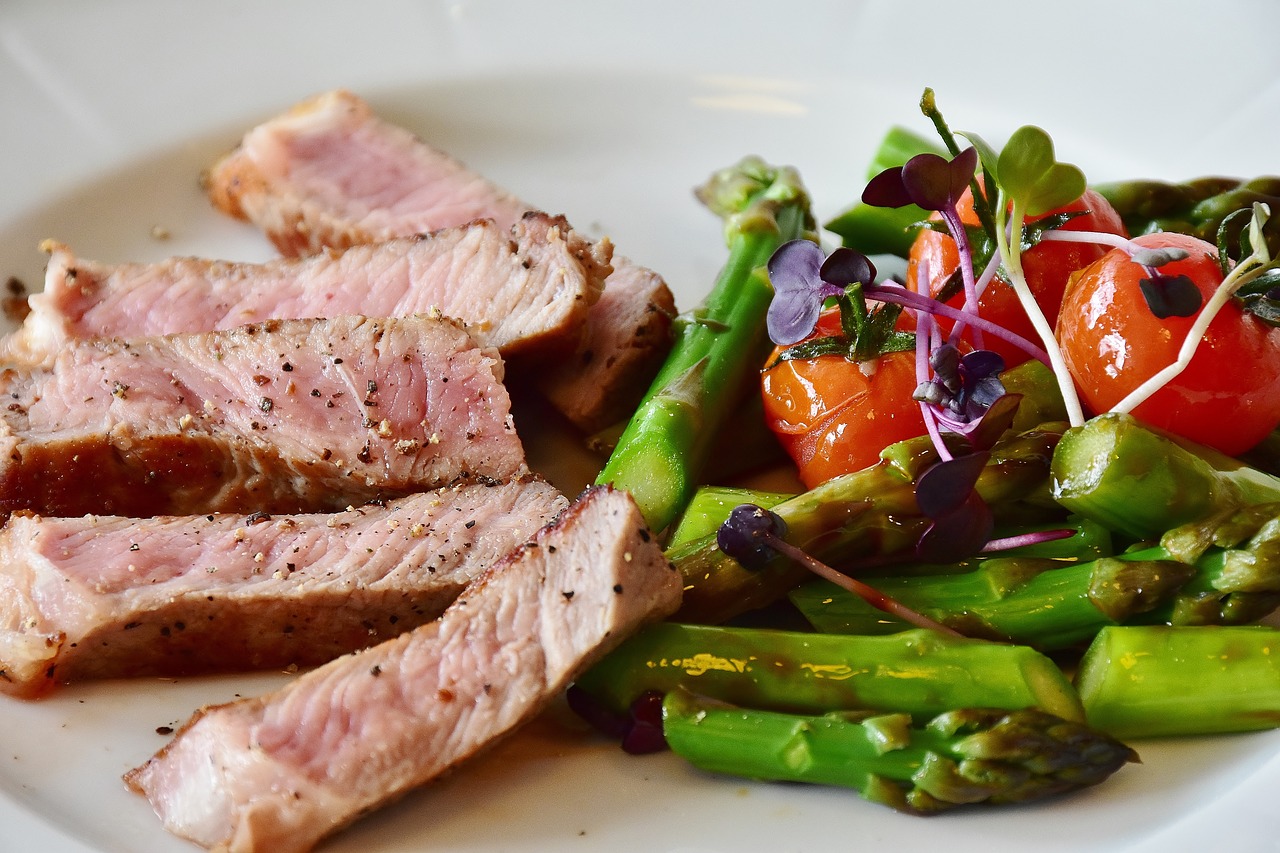It’s no secret that we need to get the right balance of all of the main food groups in our diets. From time to time, a new diet will emerge which claims to be the best. But with so many diets out there, how do we know which is the best for us?
One popular choice is a low-carbohydrate diet. There have been many variations; including the South Beach diet plan and the Atkins diet. We’re going to explore some of the facts surrounding low-carb diets.
What Is A Carbohydrate?
Carbs are sugars, starches, and fibers found in fruits, grains, and vegetables. The name carbohydrate comes from the fact that they are made up of carbon, hydrogen, and oxygen. Like protein and fat, they are a macronutrient which is vital in our diets. Carbohydrates are the bodies main source of energy.
There are complex carbohydrates which are found in things like bread and pasta, and simple carbohydrates found in sugary foods such as jams or desserts. Simple carbohydrates are absorbed by the body quicker than complex carbs. However, some simple carbohydrates do not possess any vitamins and are therefore considered to be empty calories, which often lead to weight gain. Simple carbohydrates can give a sudden boost of energy when you need it the most, whereas complex, starchy carbs provide slow release energy.
One gram of carbohydrates equates to around four calories, which is similar to protein. Fats tend to be about double that with eight to nine calories per gram.
Get Better Results; Quicker
If losing weight is your primary aim, then the great news with a low-carb diet is that you will see better results when you start off on your diet. Low-carb diets remove excess water from your body; this in turn, lowers your insulin levels. Insulin is an important hormone found in your pancreas, which helps your cells take the sugars from your blood and turning them into energy. However, having high blood insulin levels can leave your cells immune to the hormone, which then, in turn, causes your pancreas to start producing too much insulin.
This is good for short term weight loss, as, for the first few weeks you will potentially see double or triple the loss as with other forms of diet.
You Will Reduce Your Appetite
Feeling empty after your meal is hard and can be one of the worst things about going on a diet. Chances are, if you are still hungry, you will end up wanting to snack and undo the benefits of your diet plan. Not having a filling, satisfying meal will be the thing that breaks your diet.
Studies show that choosing a low-carb diet over a low-fat diet reduces hunger levels. This, in turn, leads to fewer calories being consumed.
Less Belly Fat
Often this is one of the areas that we are the least happy about when we look at ourselves. It may be our main motivator for going on a diet in the first place. Nobody likes to feel unhappy about our bodies. Aside from the cosmetic, or self-esteem reasons surrounding wanting to shed weight around the belly; there are some important health gains to be made too. Weight stored around the waist is linked to heart disease, diabetes, and cancer.
Low-carb diets are particularly good at reducing dangerous belly fat, therefore minimizing the risk of heart attack and getting type 2 diabetes.
Higher Levels of Good cholesterol
Not all cholesterol is bad. HDL cholesterol takes the bad, heart disease causing; LDL cholesterol from your bloodstream, taking it to the liver to be broken down and removed from your body.
HDL cholesterol levels are raised through eating diets which contain more of the right types of fats, which low-carb diets do.
Lower Blood Pressure
Having low blood pressure is important as it will minimize the risk of heart disease and kidney failure.
Lower Blood Sugar and Insulin
Low carb diets are a good diet choice for those with diabetes and a resistance to insulin. As discussed previously, overproduction of insulin can cause the body to become resistant to the hormone and can cause problems breaking down sugars.
Can Prevent Brain Disorders
Your brain uses lots of energy. It can be up to 20% of your bodies energy. To get this energy, it uses glucose. However, on a low carb diet, when there are not the sugars in your body to fuel it, your liver will produce glucose from proteins.
During times when your body does not have the carbohydrates to fuel the brain, it will burn ketones. During short term starving of the brain, 25% of the brains energy is produced through ketosis, while during long periods of starvation it can use up to 60%.
Ketogenic diets are often used to the treatment of Epilepsy in children as well as degenerative conditions such as Parkinsons or Alzeihmers.
What To Eat On a Low-Carb Diet
Planning your diet is important. You need to ensure that you are getting a good balance of nutrients and vitamins. Create a meal plan to make sure that you are getting a good mixture of food. Plan times to prepare your meals from scratch so that you are avoiding too many processed foods.
Some examples of food that can be eaten on a low-carb diet include:
Lean meats, including; chicken breast or sirloin steak, green vegetables including broccoli, spinach, kale and cabbage, eggs, fish, nuts and seeds, as well as some fruits such as apples and blueberries.
It is helpful to know how many grams of carbohydrates are in common items such a fruit and vegetables in order to plan your carb allowance for the day. For example, a slice of bread or an apple will have approximately 15g of carbs, whereas a banana will have 30g. Many low-carb diets look to reduce your daily carbohydrate intake to around 30-50g per day. These are big changes to make, but there are many health benefits to make this worth your while.




